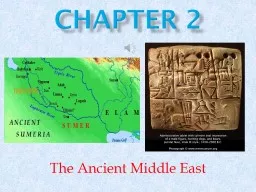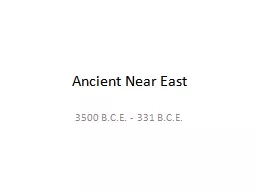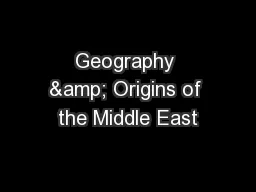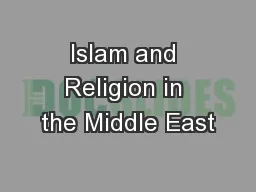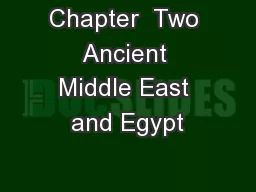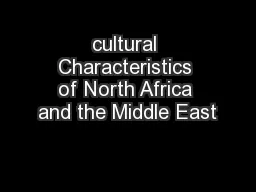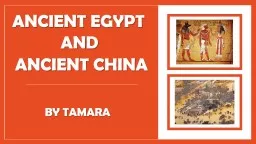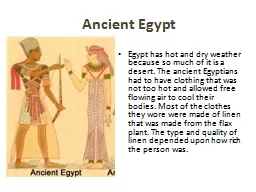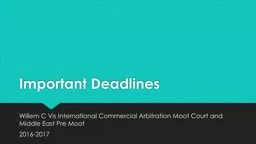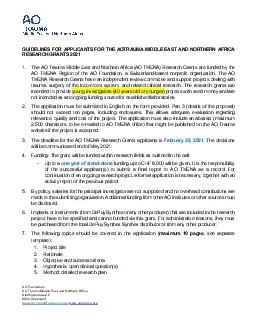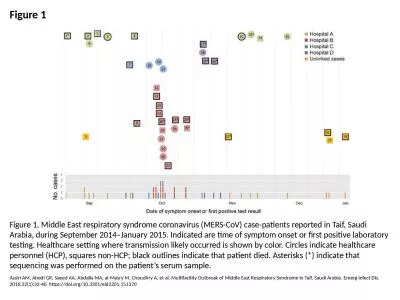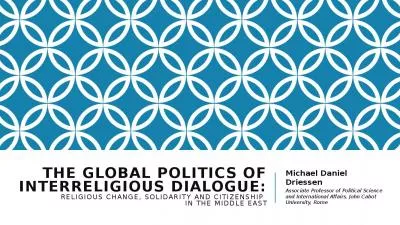PPT-Chapter 2 The Ancient Middle East
Author : aaron | Published Date : 2018-10-12
FERTILE CRESCENT area between Asia and Europe good soil for farming many different people migrate there lots of cultural diffusion MESOPOTAMIA Area of land between
Presentation Embed Code
Download Presentation
Download Presentation The PPT/PDF document "Chapter 2 The Ancient Middle East" is the property of its rightful owner. Permission is granted to download and print the materials on this website for personal, non-commercial use only, and to display it on your personal computer provided you do not modify the materials and that you retain all copyright notices contained in the materials. By downloading content from our website, you accept the terms of this agreement.
Chapter 2 The Ancient Middle East: Transcript
Download Rules Of Document
"Chapter 2 The Ancient Middle East"The content belongs to its owner. You may download and print it for personal use, without modification, and keep all copyright notices. By downloading, you agree to these terms.
Related Documents

